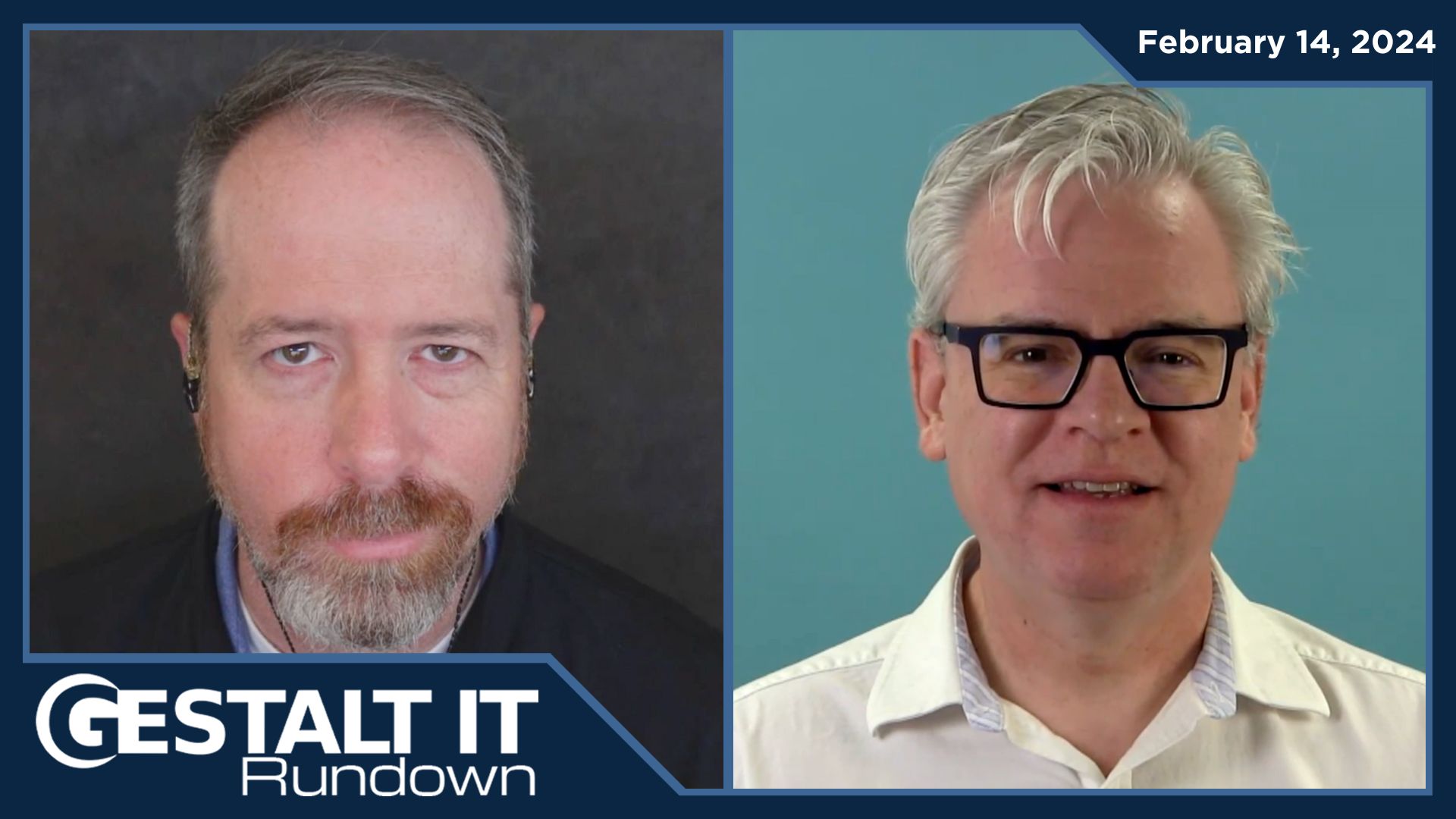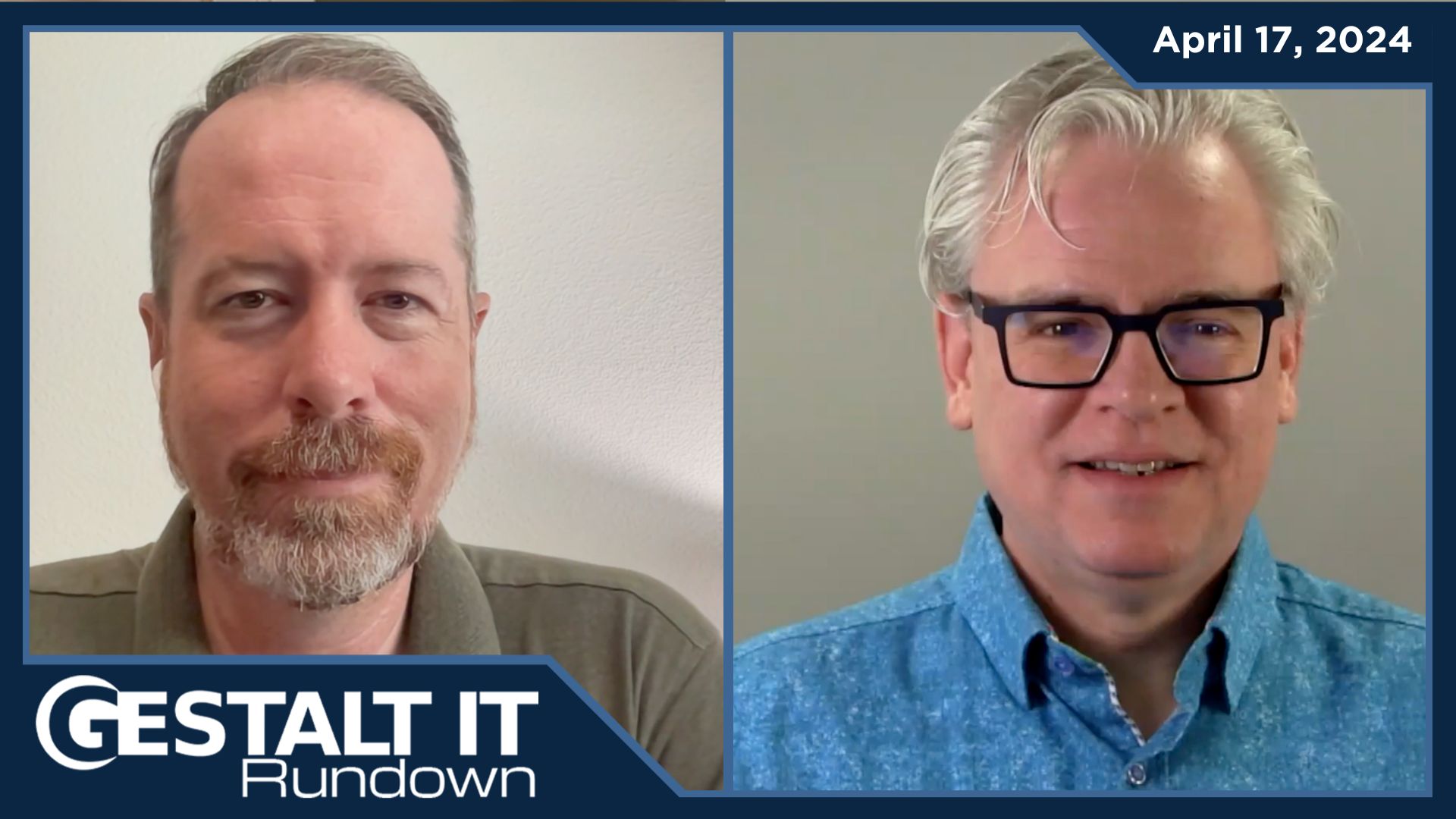They say that education is a form of indoctrination. Personally, I think that’s a little dramatic, but there’s a kernel of truth in the phrase. Learning is not directionless. It comes from someone or something with a perspective, which effects how and what you are learning. I suppose in a Platonic universe there would be some outside knowledge that waits in its purity for our discovery. Alas in our crude reality we must wander ponderously among the impure.
Now as an intelligent actor, I can realize this and modulate my incredulity accordingly. This is a negotiation we learn implicitly. It only seems untoward upon reflection since there is essentially no alternative, the veritable tyranny of our own embodied perspective. All of this came to mind when I walked into the offices of Cohesity.

Cohesity HQ
This was my first Tech Field Day, my first time in a Silicon Valley office, and my first time hearing about secondary storage solutions. Cohesity’s office is striking. Not in its layout, its a fairly typical open floor plan currently in vogue. No, what hit me were the walls, sporting a kind of Maximalist iconography, a tribute to the virtuous truth of efficiency. Visitors and employees are enjoined to “BE HUMBLE AND KEEP LEARNING”, in a font both stark and showy that cannot help but hold your attention (I’m calling it Confetti Sans). This is not a question, not even a demand, but rather a condition of existence. In this environment of heightened productivity, draped in the companies green, white and black color scheme, I could not help but wonder what Cohesity would present.
Ok, maybe that’s heightening the atmosphere ever so slightly.
Cohesity CEO Mohit Aron led off the presentation. Again, coming in with a blank slate to the idea of secondary storage, I was curious what exactly they were offering. The picture was bleak. In the Cohesity world, storage is like an iceberg. This is terrifying. Has there ever been a good iceberg? No one sees an iceberg and thinks, “Oh look, an abundant supply of ice, my day is made.” It’s a symbol of all that is unstoppable in nature, an uncaring object that enacts its unthinking power upon a helpless humanity. And Cohesity is completely right to use it as a framing metaphor.

Cohesity: Our Metaphor is Terrifying
Cohesity defines primary storage as mission critical, the information needed to run your business. But this is actually a small minority of actual data stored. Most falls into secondary storage, the vast unseen portion of the data iceberg, lurking and waiting to capsize the would-be ship of Enterprise IT. To date, dealing with the storage for this data has generally been a mess. The sources of secondary storage vary wildly, each being treated differently, leading to a lot of duplication and difficulty in simply accessing this data when its needed.
Secondary storage might just be though of as backups. But Cohesity identifies a number of other categories that fall under the criteria, including analytics, archiving, file shares, and development. Some of this is purely machine generated, some based on automation, but regardless of the source, there’s only going to be more of it over time. Cohesity thinks it’s time for a holistic solution to this problem.
On a physical level, Cohesity wants to replace the convoluted chain of storage being used to informally address this market. Their hyperconverged rack unit comes with about 25TB of storage, and replaces media servers, target storage appliances and tape backups. These scale without the need for a “queen node” or central database, so as storage needs expand, customers don’t get hit with escalating costs.

Coming to a Rack Near You?
Cohesity has been refining this offering for a while, but they’ve recently added deep cloud integration. Their CloudTier seamlessly extends the storage array onto any S3-complaint service. By the end of 2016, they expect to offer the ability to move analytics processing to the cloud as well. Their whole philosophy is to compute at the point of your storage, not force you to route back that storage from where you want it.
I found all this interesting, it definitely seemed like a comprehensive offering during the presentation. There was a deep dive into their proprietary file system, which makes a lot of the scaling and deduplication features work, but to be honest the architectural content was over my head. That changed once the demo of their actual solution started.
Google search for all your secondary storage. That’s what you get with Cohesity’s holistic approach. We saw a system running on a four node cluster, and with their search, they were able to get search results in almost real time. It wasn’t just a Google search, it was a fast Google search. Now I don’t know if this holds up on a full production system, or if there’s any degradation as they scale. To date, the company said they’ve had customers using up to 16 nodes in a cluster, which in the grand scheme of things isn’t a whole lot. But I was told the system was designed to scale up far beyond that. They were touting this as one of their headline features, so I would expect that there wouldn’t be too much degradation of speed as the system grew.
The great thing about the search is it changes how you view the formerly opaque nature of secondary storage. Instead of a lurking iceberg waiting to bring swift and certain horror to unsuspecting mariners (icebergs are genuinely terrifying), Cohesity effectively gives you sonar. Secondary storage then can be moved from something to simply manage or deal with, and instead becomes something to leverage.
Let’s face it, my secondary storage needs on a personal level are probably never going to need a solution like Cohesity is offering. For me, managing secondary storage comes down to deciding how long to hold onto my VHS collection of the original Star Trek movies. I’m a garage sale away from managing it holistically. But Cohesity got me thinking of the mass of machine generated data being thrown at companies. The log files, analysis, and testing envorinments that are required for even a modest enterprise deployment are impossible to manage as they are generated. I can’t say if the Cohesity solution will be right for your situation, but they’ve definitely got a well thought out approach.

Just In Case
Photo Credit: jestermx6
Maybe when I saw “BE HUMBLE AND KEEP LEARNING”, it wasn’t so much a personal challenge, but the philosphy behind what the company is offering. After all, is there anything more seemly humble than secondary storage? The name itself feels like an inadequacy complex. But that doesn’t mean it’s going away, and it doesn’t mean it’s easy to manage. Cohesity has definitely learned how to do both.
For how Cohesity handles the dangers of Dark Data, check out James Green’s take.
For a rundown of Cohesity’s appliance and their cloud strategy, Eric Shanks has you covered.
Check out everything Cohesity presented here!
Go to Tech Field Day for videos of all the presenters!




